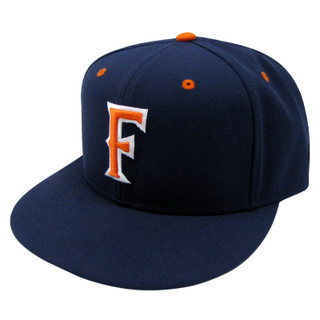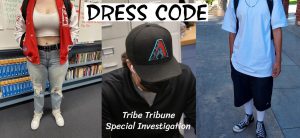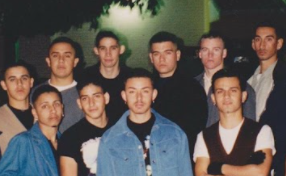Police say dress code keeps us safe
December 10, 2021
Having won multiple national titles, Cal State Fullerton’s Division I baseball team is at the top of the university’s bragging rights. But if you’re a Titans fan, you’re not supposed to wear their hat because some gang members from Fullerton Tokers Town (FTT) wear hats with the letter F.

Your Boston Red Sox hat is out, too, because the cap with the letter B might represent the Baker Street Gang in Fullerton. Can’t wear any numbers either because, according to Fullerton Police Sgt. Perry Thayer, some numbers correspond to a block associated with a gang’s territory.
The dress codes at all of the district’s schools (Buena Park, Fullerton, La Habra, La Vista, Sonora, Sunny Hills, Troy) prohibit clothing that might be seen as gang affiliated including baggy clothing, bandanas and initialed belt buckles.
The Tribe Tribune staff wanted to learn if these guidelines were truly necessary and if any of the dress code elements were outdated. Our reporters interviewed three police officers: FUHS student resource officer Eric Carillo, officer Gene Valencia (substitute SRO), and Sgt. Perry Thayer from the Fullerton Police Department.
SRO Carillo says that a loose dress code could lead to problems.
“I feel where you guys are coming from, I do. When I was in school I thought the dress code was silly, but it all goes back to how [school officials] are doing it for a reason. Their main goal might be something you guys can’t comprehend,” Carillo said. “We don’t want certain students to say, ‘oh well, the jocks are wearing hats, why do you allow them to do that and not us?’ It would be a whole issue later on so we make it a rule for everyone.”
Although each police officer recognized the students’ need for self expression, they ultimately said that it’s just easier to keep a blanket dress code that prohibits all hats and any clothing that might appear to be gang affiliated.
Substitute SRO Valencia said a universal policy makes the dress code fair.
“There’s a certain subset of people that will ruin it for everybody else, if that makes any sense. So I get where it can be discriminatory but I don’t think that’s the purpose behind it,” Valencia said. “It’s hard to enforce for some versus the others. You gotta be fair. And, I mean, I don’t think there’s any type of bias, it’s just, what is common.”
Valencia says students can balance personal style and school guidelines.
“I think people should wear what they want, what represents them, what they enjoy, what they feel looks good,” Valencia said. “But you’re on a school campus. You’re here to do work, it’s your place of business, essentially.”
Police officials say that strict dress codes have helped suppress gang activity on high school campuses and that loosening dress codes could open the campus to problems as some students might try to “rep” a gang even if the student is not officially attached to the gang.

Sgt. Thayer, who’s been on the force for 16 years, said that officers use communication to suppress neighborhood gang activity. In other words, instead of just assuming that a hispanic kid in baggy clothing is a gang member, the police actually talk to the person. Thayer said several factors are considered to determine if a person is affiliated with a gang.
“It’s just not a hat they’re wearing,” Thayer said. “It could be tattoos that they have, people they are associating with, activities they are participating in or that they have participated in the past that we have documented. It’s more to it than the things that they wear.”
Thayer says, on the one hand, he thinks the dress code keeps students safe; on the other hand, he doesn’t see a problem with wearing a baseball hat at school.
“It’s not just that you have a hat with an F on it, but it’s somebody who gets in trouble often or somebody that associates with people that claim to be gang members or you yourself claim to be a gang member,” Thayer said.
Thayer says dressing a certain way can be used as a weapon to intimidate people. For those who dismiss his concerns, he says, “I think maybe they haven’t really been the victim of intimidation by gang members.”
“But I certainly wouldn’t want my child to have to walk by a group of kids that maybe are gang members and they’re dressed out like gang members because you know that’s going to make certain kids uncomfortable,” Thayer said. “I think you have to balance the right to freedom of expression for students and on the other hand, also the right not to be intimidated. So I would be more inclined to just keep things how they are.”

Related Stories
Dress code is offensive, outdated

